
Hay Fever in Babies by Dr. Sagar Bhattad
6 min readWritten by Editorial Team


Babies are susceptible to different types of allergies. They can be very sensitive to otherwise harmless things like some ingredients in the food, air, and water. Sometimes the allergy symptoms kick in during a particular season. Babies could also develop an allergy due to harmless pollens or dust mites.
For babies, the signs of allergy like itchy eyes, and runny nose can be upsetting as it will disturb their sleep and activities during the day. Hay fever can also cause these. Continue reading to know more about seasonal allergies that are also called hay fever.
In This Article
- What is Hay Fever?
- Are All Babies Prone to Hay Fever?
- Is Hay Fever a Serious Problem or Just a Nuisance?
- Causes of Hay Fever in Infant
- What are the Symptoms of Hay Fever in Babies?
- How are Symptoms of Hay Fever Different From the Common Cold?
- Diagnosis of Hay Fever in Babies
- How is Hay Fever in Babies Treated?
- How to Prevent Hay Fever in Babies?
- FAQ’s
What is Hay Fever?
Allergic rhinitis, which is also popularly known as hay fever, is the inflammation that occurs in the lining of nose, throat, and eyes when the body reacts to airborne particles such as pollen. It could be tree pollen, weed pollen or grass pollen. It can also be caused by spores in the air, which are released by the molds. Hay fever is more common during spring. If the allergens include animal fur and dust mites, the symptoms of hay fever will remain round the year.
Are All Babies Prone to Hay Fever?

Children below three years, very rarely develop hay fever mostly because they spend more time indoors. However, babies falling under these groups are more likely to develop hay fever:
- There is a strong genetic link associated with hay fever. If either parent or a close relative has hay fever, the baby is more likely to get it.
- Babies with skin allergy/atopic dermatitis.
- Those babies who have frequent exposure to allergens.
Is Hay Fever a Serious Problem or Just a Nuisance?
A baby with hay fever is more likely to develop asthma and eczema in the near future. It also increases the chances of sinus infection. The baby will be more prone to frequent eye infections because they tend to rub the itchy eyes. There are chances of chronic ear infection due to frequently inflamed lining of the ear canal. It can also lead to bad breath as the baby tends to breathe through the mouth due to a blocked nose.
[Read : Asthma in Toddlers]
Causes of Hay Fever in Infant
Pollen and mold, on its own, can cause no harm. However, when an allergic infant inhales pollen or mold spores, their body observes it as a dangerous intruder and responds by releasing histamine and other chemicals. Histamine inflames the lining of the nose, eyes, and throat, developing the symptoms of hay fever.
What are the Symptoms of Hay Fever in Babies?

The symptoms of hay fever appear during the same season in a baby. This is the first indicator that the infant has hay fever. Also, the symptoms of hay fever are found to get worse after the little one plays or spends a lot of time outdoors. It also gets worse on warm sunny days or windy days and during early morning and early evenings (pollen gets released during these hours of the day). Some of the symptoms of hay fever are:
- Baby develops itchiness in eyes and nose. The itchy feeling can occur in the roof of the mouth, throat, and even ears
- Sneezing
- A runny nose with clear watery nasal discharge
- Red swollen, watery eyes
- Dry cough
- Hives can happen as a result of hay fever
[Read : Dog Allergies In Babies]
How are Symptoms of Hay Fever Different From the Common Cold?
Hay fever, unlike the common cold, will not cause any symptoms of infection like dark yellow discharge from the nose. Instead, the discharge from the nose will be clear and watery and will come with fever, headache, etc. The symptoms will last for weeks or even months until the presence of pollen or spores in the air subside or get reduced considerably.
Diagnosis of Hay Fever in Babies

Usually, diagnosis of hay fever is made based on the symptoms. A family history of hay fever, along with the symptoms, also help in diagnosing hay fever in babies. Sometimes, a Skin Prick Test and a Blood Test are conducted to find out the particular allergen that causes the hay fever in babies.
How is Hay Fever in Babies Treated?

The treatment option depends on the severity of the allergic reactions. Rather than aiming for a cure, the treatment options focus on relieving the severity of the symptoms of hay fever. Medication and immunotherapy are used in treating hay fever in babies:
- Non-sedating antihistamines are used to treat hay fever in babies.
- The saline nasal spray is used to minimize the nasal issues due to hay fever.
- Eye drops are used to reduce the swelling and itching of the eyes of the baby.
- Immunotherapy or allergy shots are a long-term treatment suggested by doctors if the allergic reactions are quite serious and persist even after undergoing other treatments.
[Read : Are Nasal Sprays Safe For Kids?]
How to Prevent Hay Fever in Babies?
Completely preventing your baby from hay fever is not possible. However, avoiding situations where the baby gets exposed to the allergen will help to prevent hay fever or at least reduce its severity in babies to a certain extent. The following preventive measures may help to reduce the severity of the hay fever in babies:
- Keep the windows and doors of your baby’s room closed, when the amount of pollen in the air is high (during early morning and early evening).
- During travel, remember to close the car windows.
- Pets can get pollen inside the house. Therefore, never let your baby play with the pets too closely.
- Applying a smear of vaseline on the inside edge of your baby’s nostrils while going out. This will prevent the pollen getting inside their nostrils.
- Wash hair, face, and hands once the baby comes back into the house. This will help to wash out the pollen that has stuck to the baby’s body and hair.
- Change your baby’ clothes after every outing.
- Invest in wraparound sunglasses that will prohibit the pollen from entering the eyes.
- Keep the floor, furniture, toys, and curtains neat and clean with a help of a vacuum cleaner with a good filter.
- Indoor flowering plants should be avoided.
- Avoid using fabric materials to which dust, pollen, pets dander could easily get trapped.
- Avoid drying baby’s cloth outside as the pollen can stick to the clothes.
As mentioned earlier, it may not be an easy task to keep the baby away from all the allergens that can cause hay fever. But taking precautions and ensuring cleanliness can certainly reduce the intensity.
FAQ’s
1. Is Hay Fever Genetic?
Yes, mostly it is. If a parent or close relative has it, the chances of the child getting it, is very high. However, environmental factors can also cause it.
2. What Can Trigger Hay Fever in My Child?
Seasonal allergens like pollens are a trigger. When your child’s eyes or nose come in contact with these allergens, it can trigger hay fever. Air borne pollens are at their peak during spring.
3. Can I Prevent My Child From Getting Hay Fever?
Sadly, no. There are no preventive measures yet. Your child will just have to go through with it.
4. Will My Child Get Over Hay Fever as They Grow Older?
There is no cure for this at present. The only way to prevent this is to avoid the triggers. Keep your child away from the triggers to reduce risk.
Read Also: Is Your Baby Safe Around Your Pet Cat?

Editorial Team,
With a rich experience in pregnancy and parenting, our team of experts create insightful, well-curated, and easy-to-read content for our to-be-parents and parents at all stages of parenting.Read more.
Responses (0)
Want curated content sharply tailored for your exact stage of parenting?
Related articles
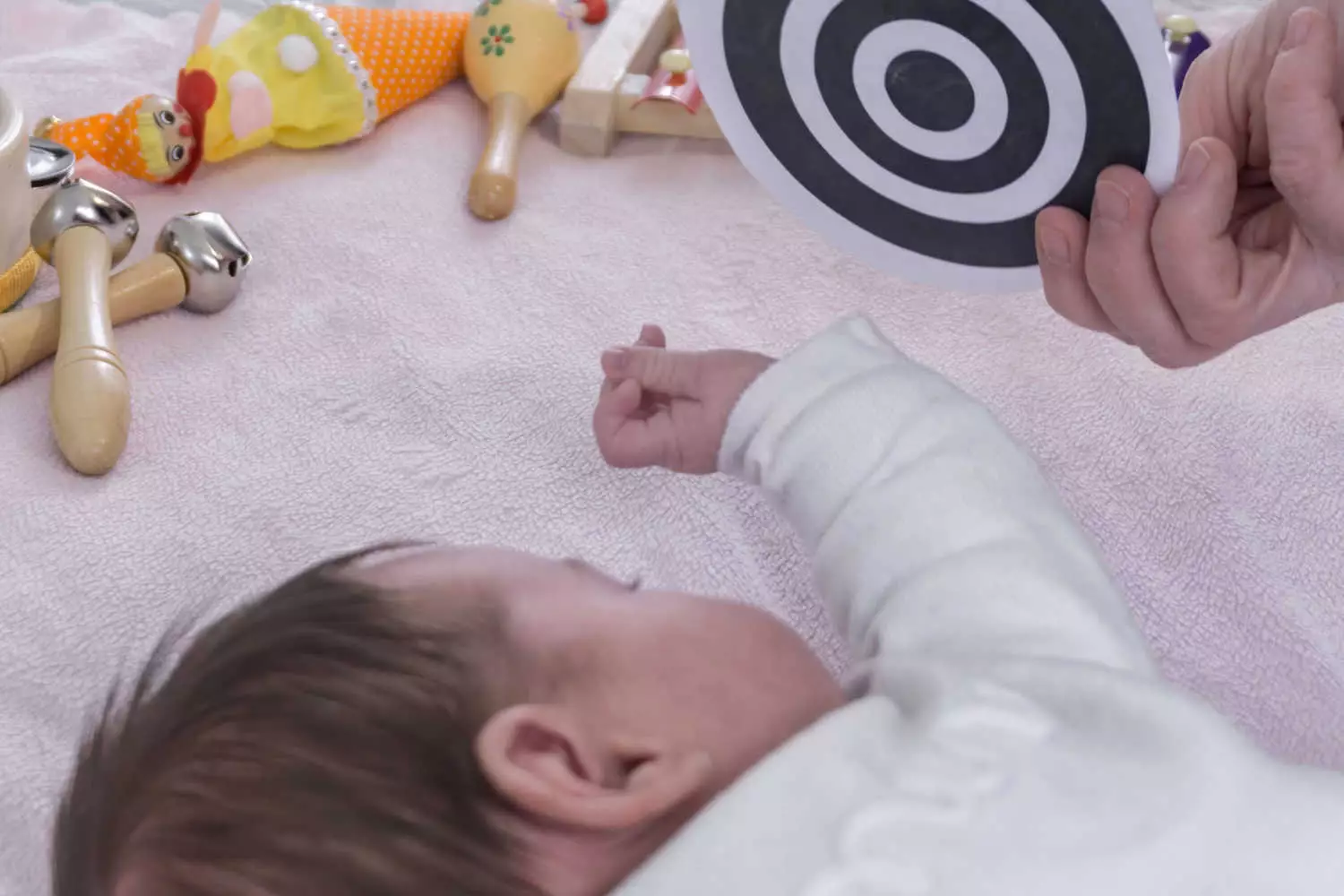
Black and White Sensory Toys For Newborns – How it Helps in Baby’s Development

Top 100 Super Sweet and Lovely Baby Smile Quotes
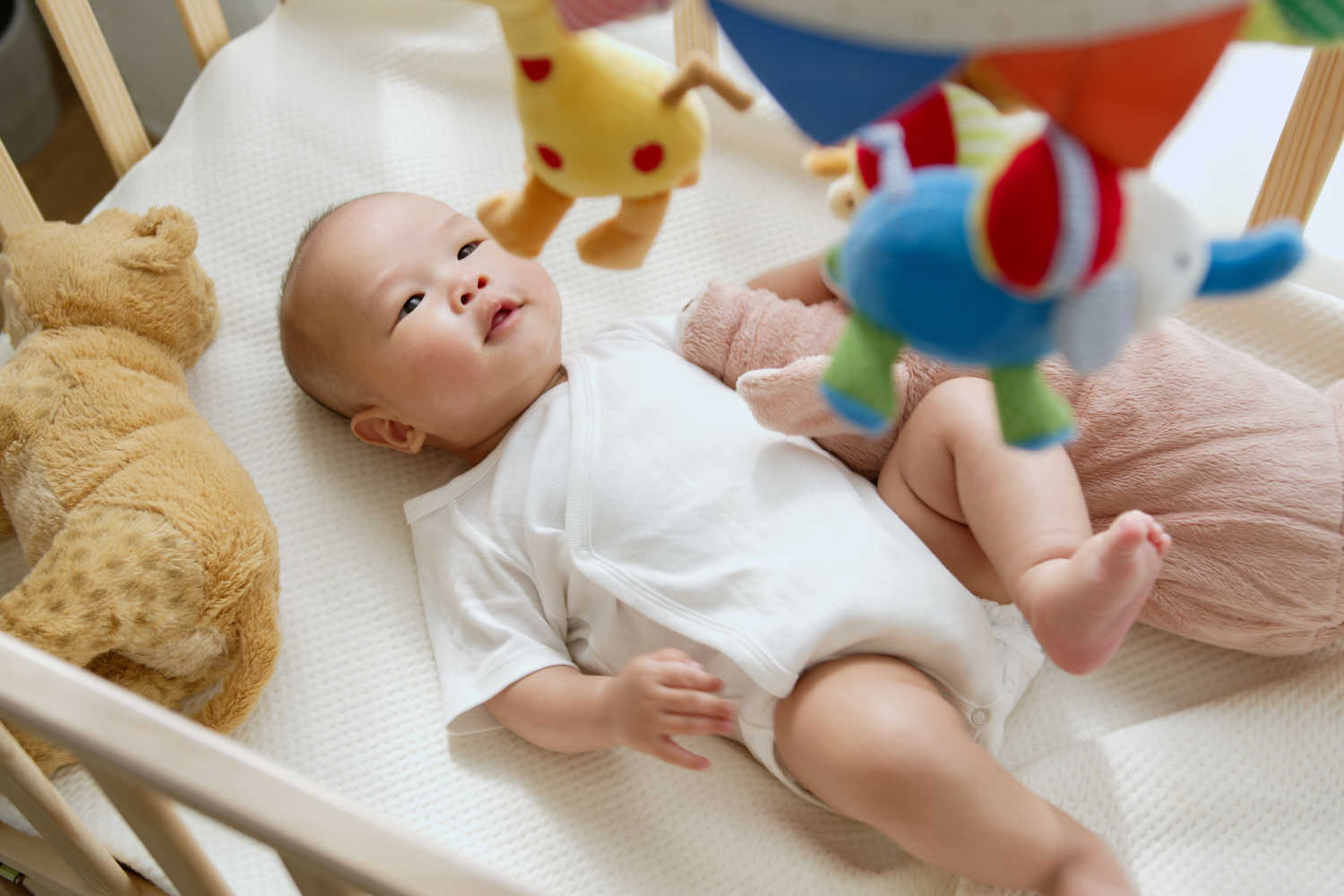
Cot Mobiles For Babies – How it Helps in Baby’s Development
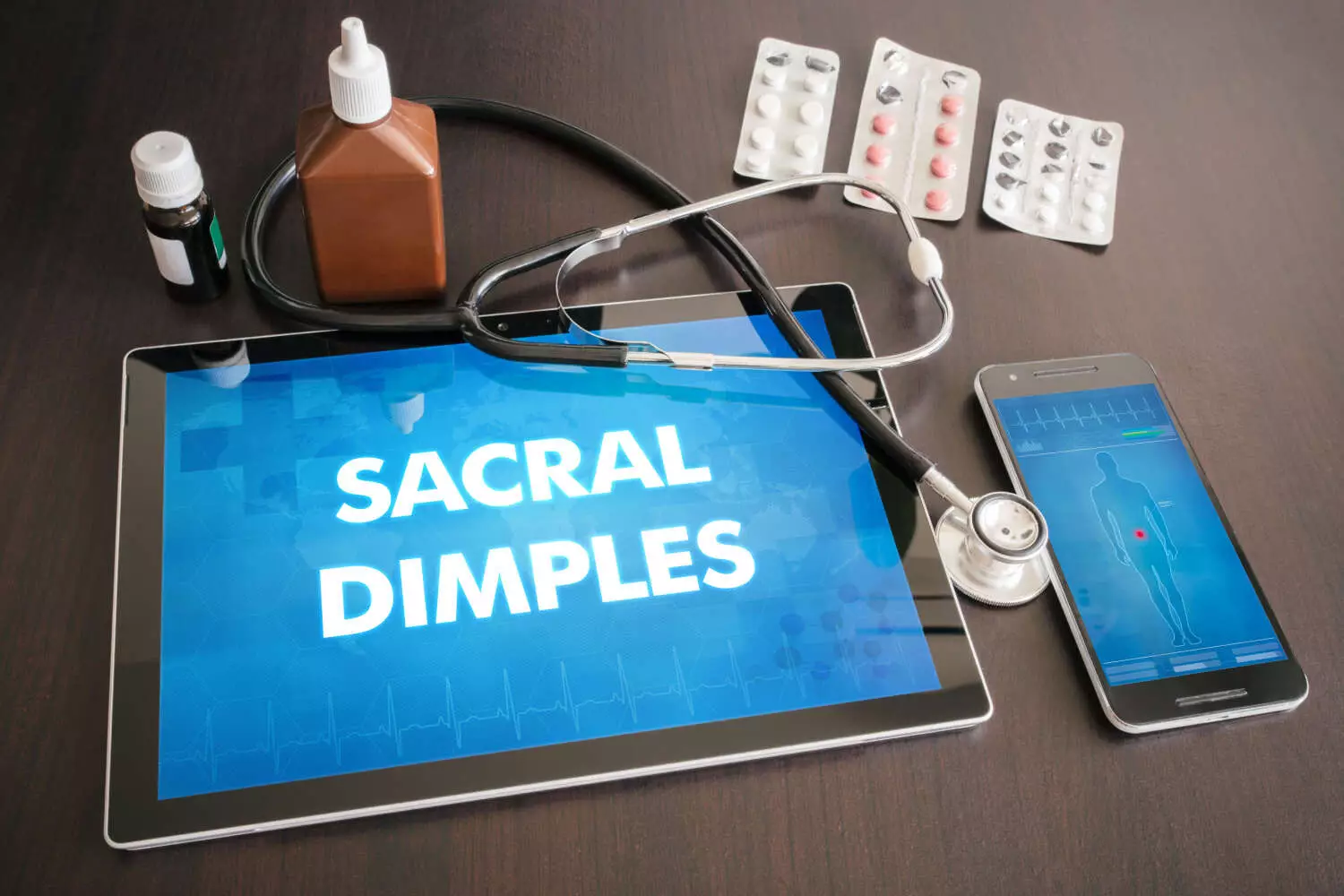
Sacral Dimples in Newborns – What is it, Types and Complications
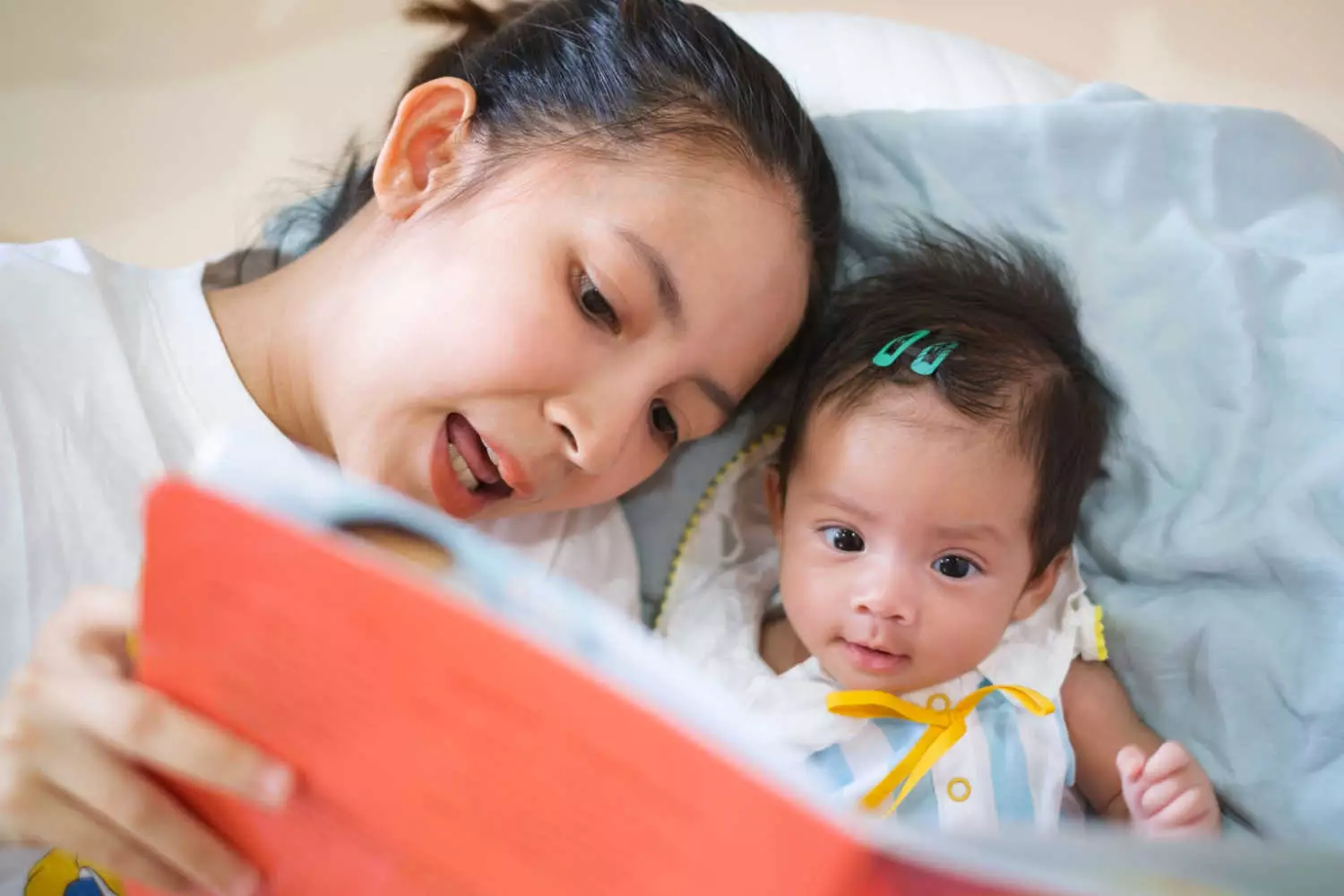
Top 9 Best Black and White Books For Newborn Babies
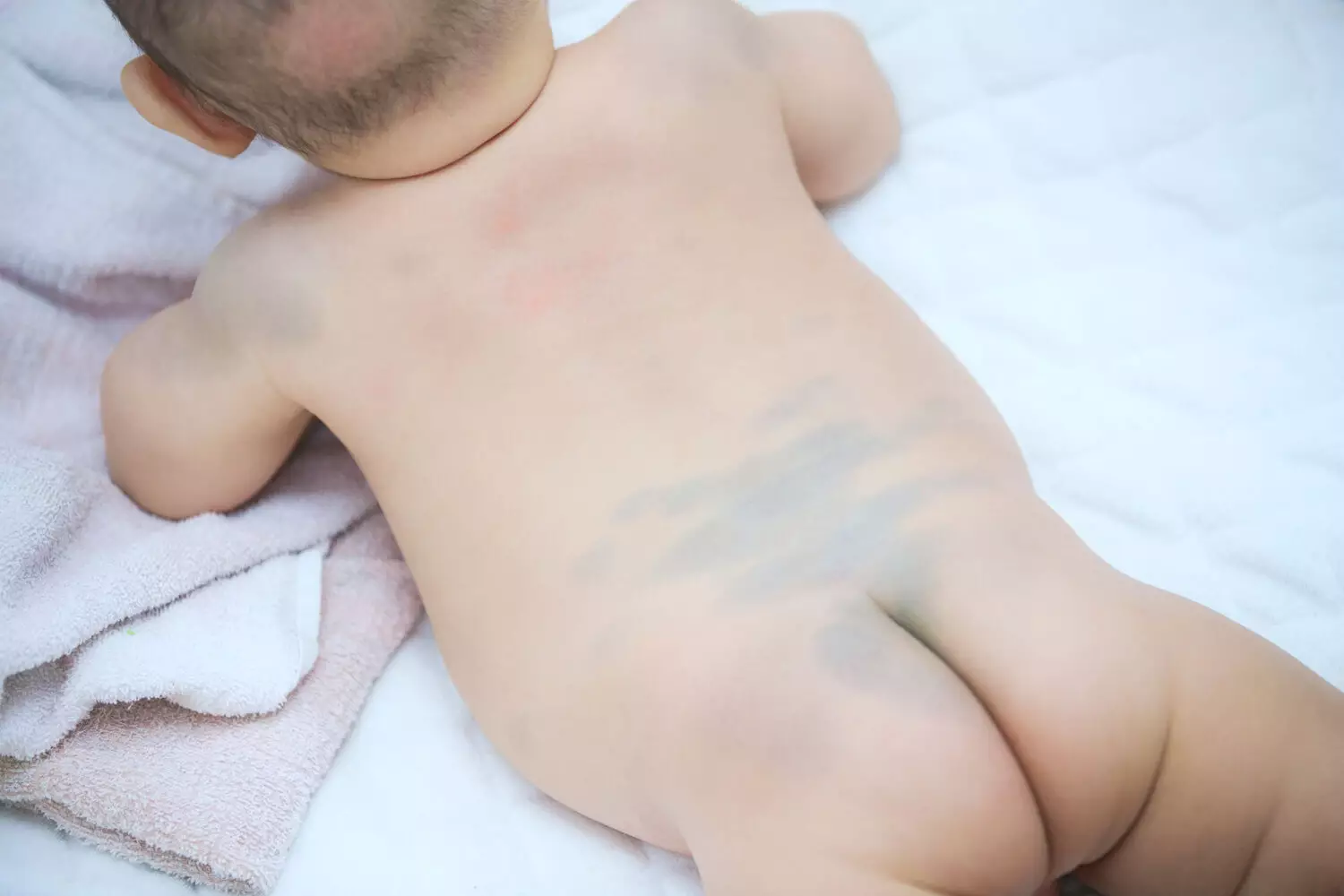
Mongolian Blue Spots in Babies – Causes, Symptoms & Treatment
Sponsored content
Discover great local businesses around you for your kids.
Get regular updates, great recommendations and other right stuff at the right time.





